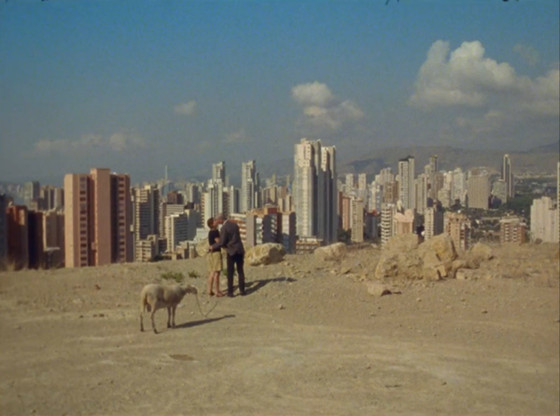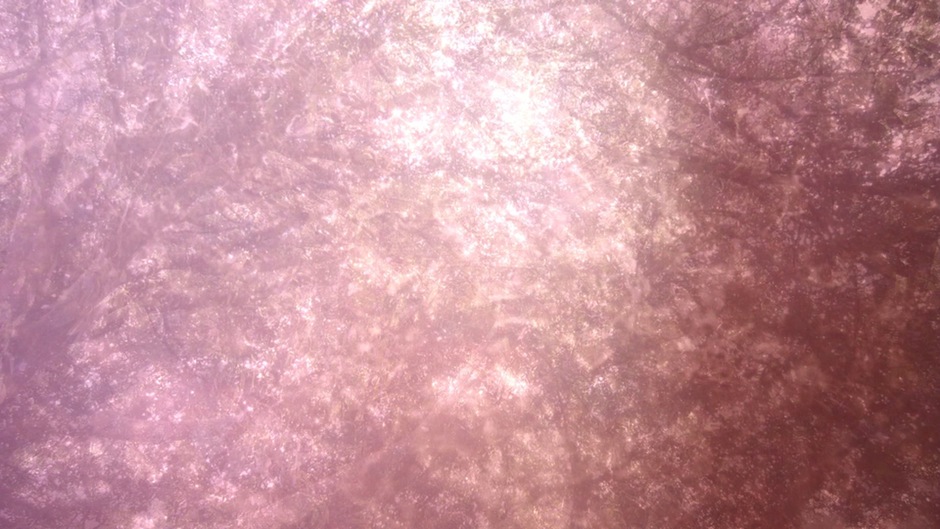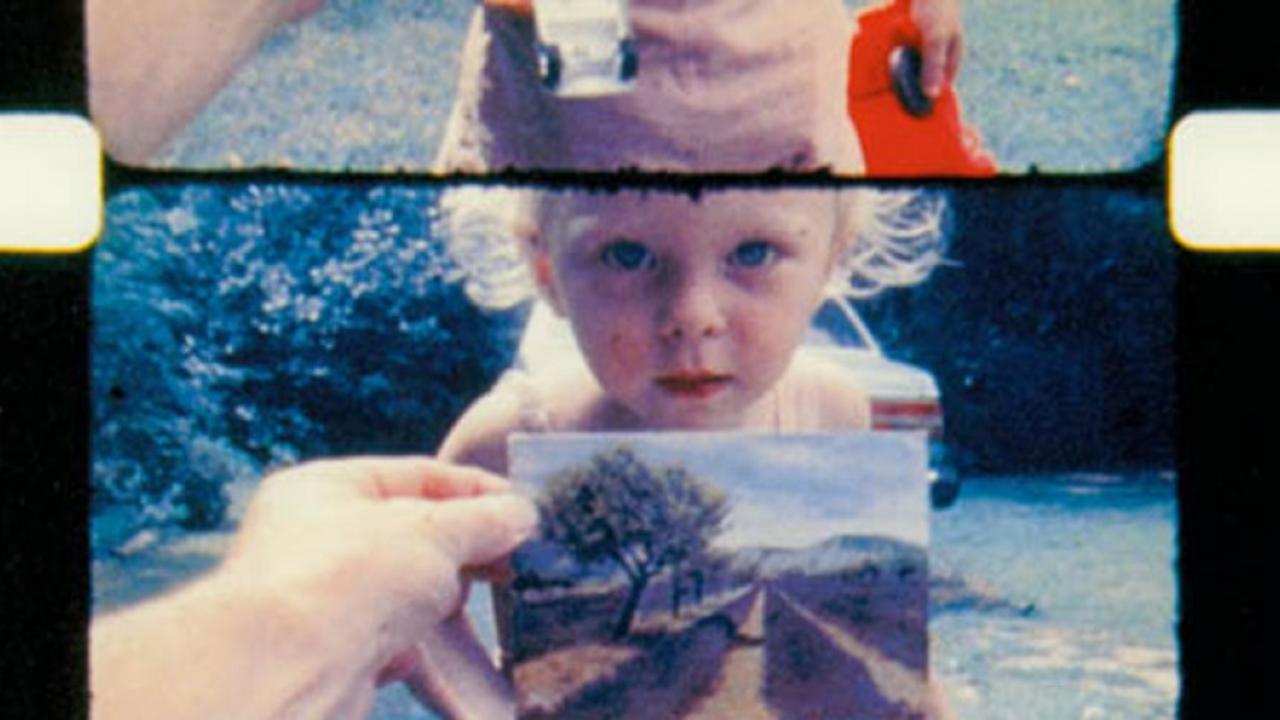5. Goodbye to Language (Jean-Luc Godard, 2014)

Watching Jean-Luc Godard’s ultimate provocation is an extremely polarizing experience, as is always the case with Godard. He was inspired by Marcel Duchamp, who famously executed one of the greatest acts of conceptual destruction in visual art.
Godard used 3D cinematography to explore new spaces and new directions on a cinema screen; some moments in the film look different, and if the viewer looks with one of his eyes closed, the screen is invaded by a cacophony of noises, an irregular rainbow of colors that make it nearly unwatchable at times.
Godard actually manages to achieve a harder 3D image, and he even manages to create a scene where the 3D shots separate themselves, a shot that has been called a new shot in filmmaking.
The film works on different spatial levels, something that makes it unlike anything ever seen on screen, but also different from the conventional act of looking, which makes cinema penetrate a new state of human “looking”.
When Godard invites us to say goodbye to language, he is not just talking about a cinematic revolution, but a revolution that waves goodbye to the human conception of looking, a visual language but also any other language. Godard tries provocatively to enter the mind of a dog during passages of the film.
At 83 years old, Godard felt like checking out of the movie industry, but also probably the “human life” industry and felt free to explore territories that are over the human perspective that he always condemned as narrow.
4. Androids Dream (Ion de Sosa, 2016)

Was “Androids Dream” shot by an android? The question is raised because of the incredibly cold and minimalist, one could say robotic, feel that inhabits Ion de Sosa’s film about androids pretending to be humans, or one human hunting androids or androids hunting humans, or possibly a human killing his fellow humans. The film is cryptic and detached, and is one of the best adaptations of a Philip K. Dick novel in quite a long time.
De Sosa makes a mockery of how Steven Spielberg, or Ridley Scott, or maybe even Stanley Kubrick (he too was accused of being a cold filmmaker) would have shot the film, and creates one of the most aseptic and de-humanized pieces of filmmaking ever made.
One could argue that de Sosa is challenging the viewer’s gaze, his perception of what empathy is and what human feelings are, by operating with the cinematic eye of an android with no blood, no heart and no emotions, and is challenging the idea that empathy in film is inevitable, insinuating the doubt that cinematic empathy might in fact be a construct, a consequence of the humanist eye with which films are shot.
De Sosa forces us to accept the inhuman, robotic eye of his creation, and in doing so, to challenge our own comprehension of the concept and the experience of humanity.
3. Mothlight (Stan Brakhage, 1963)

“Mothlight” is one of the boldest experiments in cinematic history. It is cinema with no camera. The nature of the camera is to lie, to filter truth and give us its truth, so Stan Brakhage, in his research for a cinema that reaches pure image and pure truth, took various objects, among which were the wings of a moth, little flowers, and other various materials, and basically spliced them on the film footage, and they were made visible cinematically through the projector that wasn’t showing a film, but the object itself as if it was a film. It looks like a Georgia O’Keefe painting.
What Brakhage is interested in, among many things, is how cinematic narrative disappears when the camera disappears, so he is inviting the audience to look at the object with no pre-constructed narrative and no organized meaning, to achieve a pure, intact way of looking at cinema and looking at life itself, a whirlwind of colors and impulses.
2. Space Noise 3D (Makino Takashi, 2014)

The Japanese experimental filmmaker attempted, in this noisy and psychedelic work, to make sound visible. The film is about discovering a tactile dimension to sound, about visualizing the electric impulses that complete our understanding of the universe.
The film achieves an aesthetic that is a cross between a painting by Jackson Pollock and representations of the visual spectrum, or the gaze of a snake.
The Japanese director takes the viewer into the mind of a sentient extraterrestrial being that perceives reality as a movement of energy and sounds, and gives the viewer a unique perspective on an ethereal, unreachable world of sensations that are usually blocked by our limited perceptual capabilities.
1. As I Was Moving Ahead I Occasionally Saw Brief Glimpses of Beauty (Jonas Mekas, 2000)

“Forget the eternity, those brief moments, they felt like paradise.” Jonas Mekas is the undisputed master of stream of consciousness in cinema, and watching one of his films is like having thoughts, events, and emotions of one’s life flashing endlessly.
As an ecstatic reflection of the meaning of life, his 2000 film unleashes a river of memories and lets it all flow. Our memory, free of constrictions, of the formal constraints that make us functional, abandoned to the glory, hope and despair of life, is the cinematic eye of Mekas.
Author Bio: Gabriele is an Italian film student studying in Scotland. He is an experimental and arthouse cinema enthusiasta and a believer in the crucial importance of freedom of artistic expression.